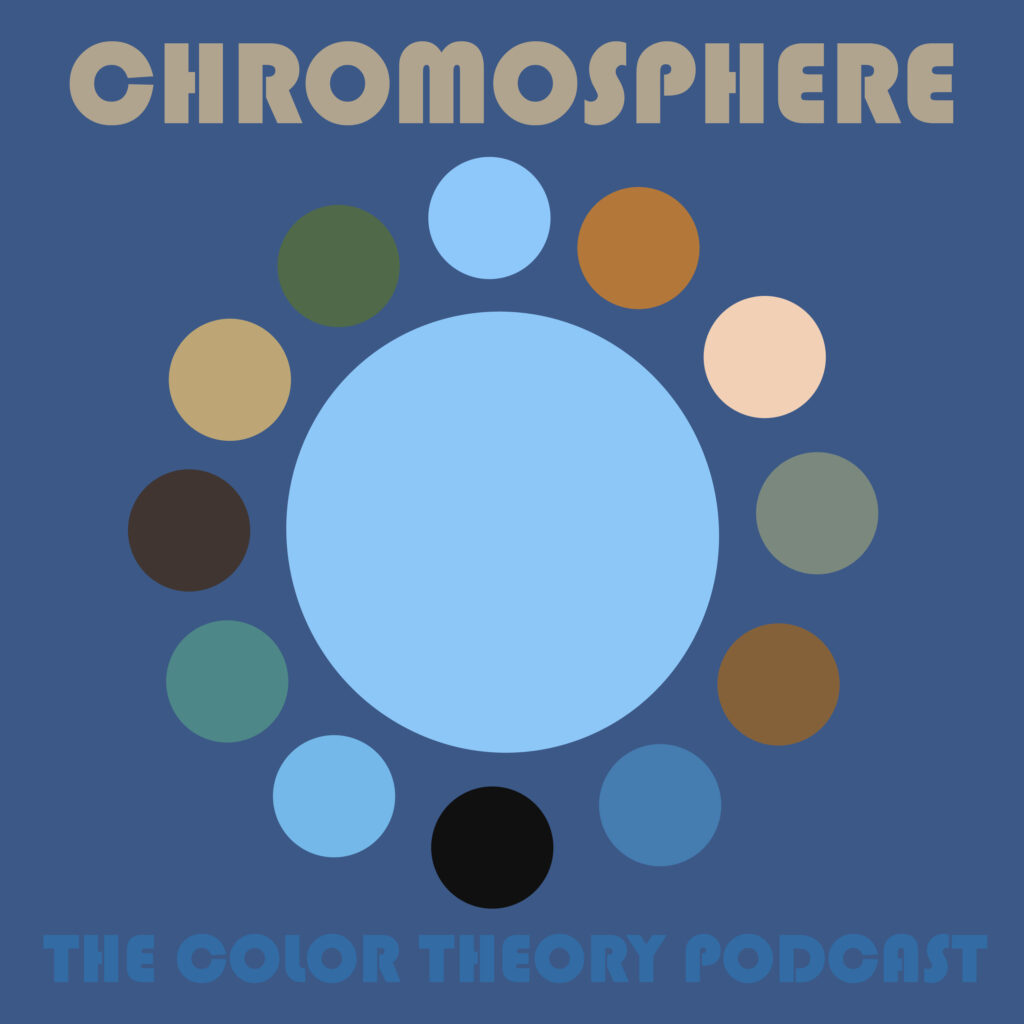Dr. David Briggs has been teaching classes on colour for more than 20 years, and currently teaches colour, drawing and painting at the National Art School and the University of Technology, Sydney, Australia. His publications include a chapter on colour spaces in the Routledge Handbook of Philosophy of Colour (2020), a two-part paper on the elements of colour in the Journal of the International Colour Association (2023), and various conference papers and recorded presentations.
David has two outreach websites:
The Dimensions of Colour (http://www.huevaluechroma.com/)
Colour Online (https://sites.google.com/site/djcbriggs/colour-online).
David is Past President, Vice President, and NSW Divisional Chair of the Colour Society of Australia, Co-Chair of the AIC Study Group on Arts and Design, and he is a committee member of the AIC/ISCC Colour Literacy Project.
His courses that are open to the public include an 8-week online course Understanding and Applying Colour, as well as a variety of on-campus courses, all offered by the National Art School, Sydney.
You can find David on Facebook and Instagram via these links:
https://www.facebook.com/david.briggs.75457/
https://www.instagram.com/djcbriggs/
Paintings by David Briggs (all plein air, oil on board, 9″ x 5″)
Bondi, Tamarama
Bondi from Clovelly
Gordon’s Bay, North Side
Gordon’s Bay, South Side
Maroubra
Understanding and Applying Colour
National Art School of Australia, Sydney
Eight weekly three-hour sessions; topics covered include:
- What is a colour? What exactly are we seeing when we see a colour? Attributes of colour perceptions: explore how colours of objects can be described in terms of attributes such as hue, lightness (value, tone) and chroma (colour strength). What scales are used to specify each of these attributes?
- Colours of objects and light. What different kinds of colour perceptions do we have when we view an illuminated scene. Colorimetry: How does our framework of colour perceptions relate to colorimetry (colour measurement) and the colour spaces used by digital artists?
- Biology and physiology of colour vision. Explore the widely misunderstood physical and biological basis of colour vision. Mixing processes: How does our knowledge of colour perception help us to understand additive, subtractive, and partitive mixing theory.
- Artists paints: Compare artists’ pigments and their physical properties such as opacity, tinting strength, toxicity, and permanence. How does the mixing of actual paints relate to theoretical mixing processes? Learn to fine tune the colour of a paint mixture by applying your knowledge of paint-mixing paths in colour space.
- Colour and light, part I. Understand the zones of light and shadow on an illuminated object. Explore how two further attributes of perceived colour, saturation and brilliance, can be employed to evoke appearances of illumination and luminosity in a painting.
- Colour and light, part II. What are the effects on the appearance of a scene of variations in the direction, size, distance, colour and number of the light source(s), and of the material properties of the objects and intervening atmosphere?
- Colour perception. Explore the many aspects of visual perception relevant to representational and abstract painters, including adaptation, colour constancy, and partial failures of colour constancy including contrast and assimilation.
- Theories of colour. We review and consolidate our understanding of colour from a historical perspective with a survey of the development of theories of colour from the Renaissance to the present. How do the tenets of traditional “artistic” (red-yellow-blue) colour theory relate to current knowledge?
Each session also includes descriptions of optional practical exercises that progress from basic exercises illustrating the theory to still life painting studies. These exercises are optional and completed out of class hours and reviewed with feedback at the following session.
For detailed and regularly updated information on course content or to leave a question,
go to the course web page at https://sites.google.com/site/djcbriggs/tmct.
Who is the intended audience?
The course is open to the general public 16 years old and over. No prior knowledge required. The course has been enjoyed by students at all levels from beginners to international colour experts, because it’s packed with content with something for everyone. Ideally students should have an interest in all aspects of colour; David warns that if you are only interested in colour in relation to painting then you might find about half the course boring (and the other half great!).
Are terms offered quarterly? When does the upcoming term begin?
The course will be offered quarterly through 2024, alternately as a day and an evening course in Australia. Students planning to join the course from North or South America had best enroll in Term 1 or Term 3, while students planning to join from the UK, Europe, Africa or much of Asia will probably find it best to wait until Term 2 or Term 4.
Bookings are currently open for Terms 1 and 2 at and can be accessed via the Nation Art School’s online short courses website.
Class sizes are limited to a maximum of twelve students.
Term 1: 5 February – 25 March 2024 10am – 1pm AEDT (bookings open, limit 12 students)
Term 2: 29 April – 24 June 2024 6pm – 9pm AEST (bookings open, limit 12 students)
Term 3: 22 July – 9 September, 10am-1pm AEST
Term 4: 14 October – 9 December, 6-9pm AEDT








